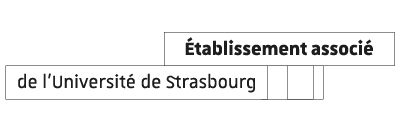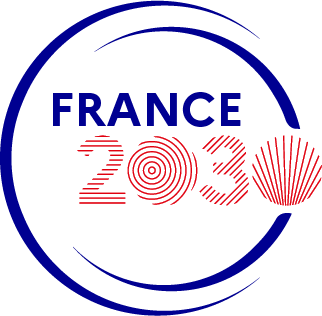Publication date: 09/03/18
ThemesNews
On 15th and 16th March, the University of Strasbourg's Oriental Studies group held an international colloquium on the Japanese author Haruki Murakami. An opportunity to review the existing research on this author with Antonin Bechler, a specialist in contemporary Japanese literature.
In Japan in the 1970s, there were two writers who went by the name Murakami. Ryu Murakami chronicled a Japan that was violent, pessimistic and chaotic. In 1976, he won the Akutagawa Prize (the Japanese equivalent of the Booker Prize) and achieved a certain level of fame. However, he remains largely unknown in the rest of the world. The "other Murakami", a more understated writer, also took longer to be recognised. Today, he is the most widely read and translated Japanese author in the world.
The recipe for his success? According to Antonin Bechler, a senior lecturer in Japanese studies at the Faculty of Foreign Languages, the explanation lies in the themes tackled by the writer, which are all universal. "In essence, what Murakami does is tell children's stories ... but for adults. That's the key to his success. His novels are built on a structure similar to a fairy tale. He explores the most basic psychological phenomena through his poetic plots and imagery. This is why such a broad spectrum of the public can identify with his characters and stories. For example, in Kafka on the Shore, the story is inspired by the myth of Oedipus. This is the coming-of-age tale of a teen who leaves his home and returns, grown-up, after passing through a strange and fantastical limbo.
















